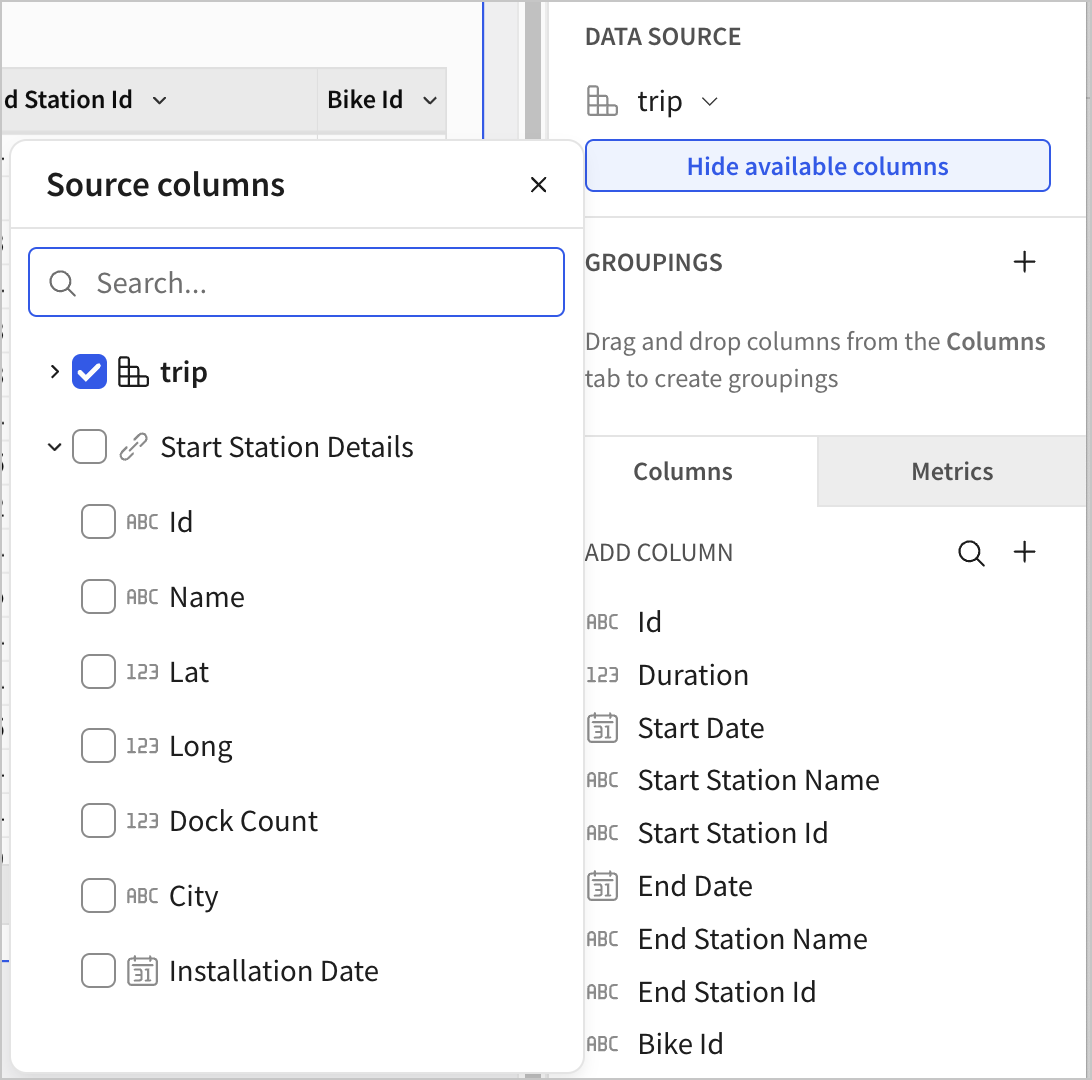Admin
Add a key file for Snowflake key pair connections
When configuring a Snowflake connection, you can add a PKCS#8-formatted key file (.p8) instead of pasting your private key when setting up key pair authentication for the connection or an OAuth service account.
For more details, see Connect to Snowflake.
Audit log support for Azure EU (West Europe) region
Sigma now supports audit log events for organizations hosted in the Azure EU (West Europe) region. For a list of all supported regions, see Enable or disable audit logging.
Enable a unique SAML SP entity ID (GA)
When setting up SAML-based authentication for a Sigma organization, you can now assign a unique service provider (SP) entity ID for the SAML configuration. With the unique entity ID for Sigma as an SP, you can configure your IdP to allow SAML authentication to multiple Sigma organizations.
For details, see Enable unique SAML entity IDs.
Performance
Improved error handling for non-compliant WAL schema
Sigma now detects when input table edits are unsuccessful due to a non-compliant write-ahead log (WAL) schema. This occurs when a user makes one or more changes to the schema in the data platform, leaving Sigma unable to write data to the WAL.
When this error (wrong schema for WAL table) is detected, Sigma sends an email to admins containing information about the error and a link to troubleshooting guidance. For more information, see Troubleshoot input table connection issues .
Workbook elements
Minimum element size removed
Minimum element size is now a suggestion for all elements. When resizing, Sigma indicates when an element is below the recommended size, but allows you to resize it regardless. Elements below the recommended size might experience minor visual issues depending on the element, contents, and display.
Workbook features
Add CC and BCC recipients to emailed exports
You can now specify CC or BCC recipients in ad hoc and scheduled exports by entering a comma-separated list of email addresses or team names.
Bug fixes
- Content validation now updates elements from a data model used in a join.
- Content validation was incorrectly performed on tagged versions of workbooks that used an untagged version of a data model as the source, causing those tagged versions to display errors. Tagged versions with errors caused by content validation continue to display errors until they are re-tagged.
- The
:hide_explore_toggleparameter now hides the Show customize panels option in the element menu. - In some cases, the Edit option in securely embedded content was not functional.

